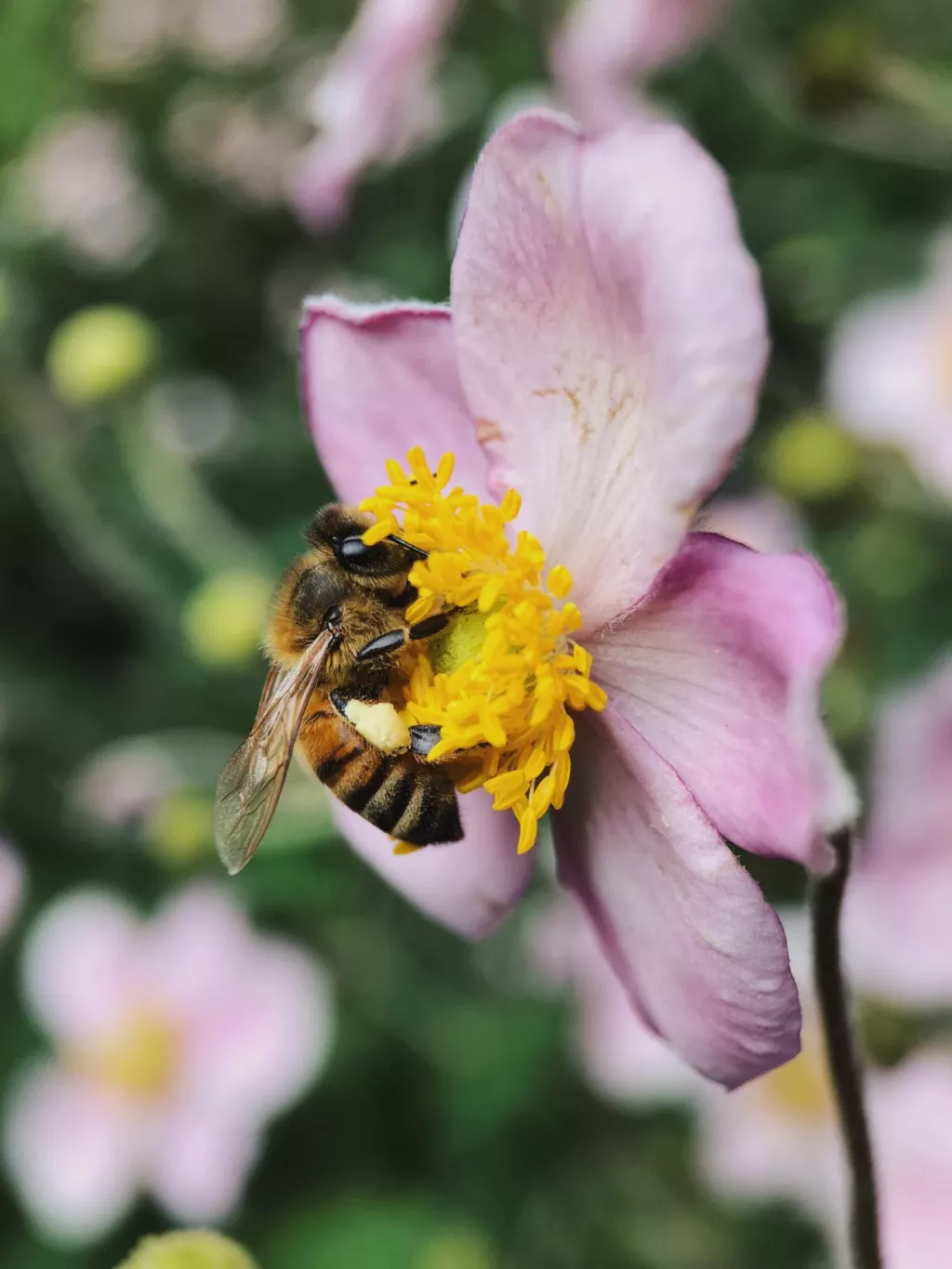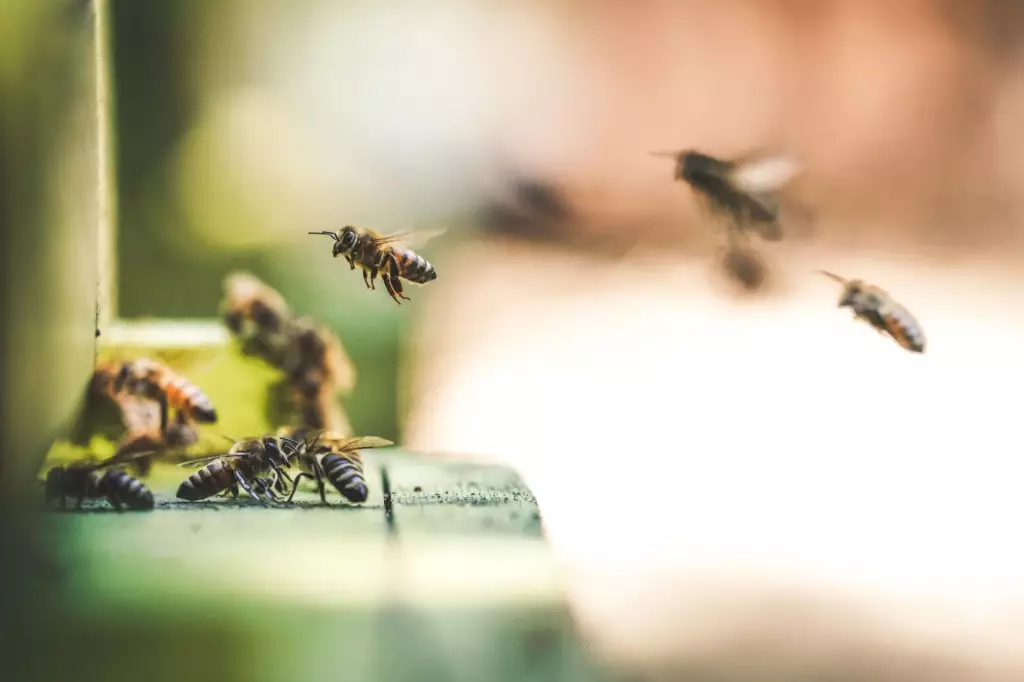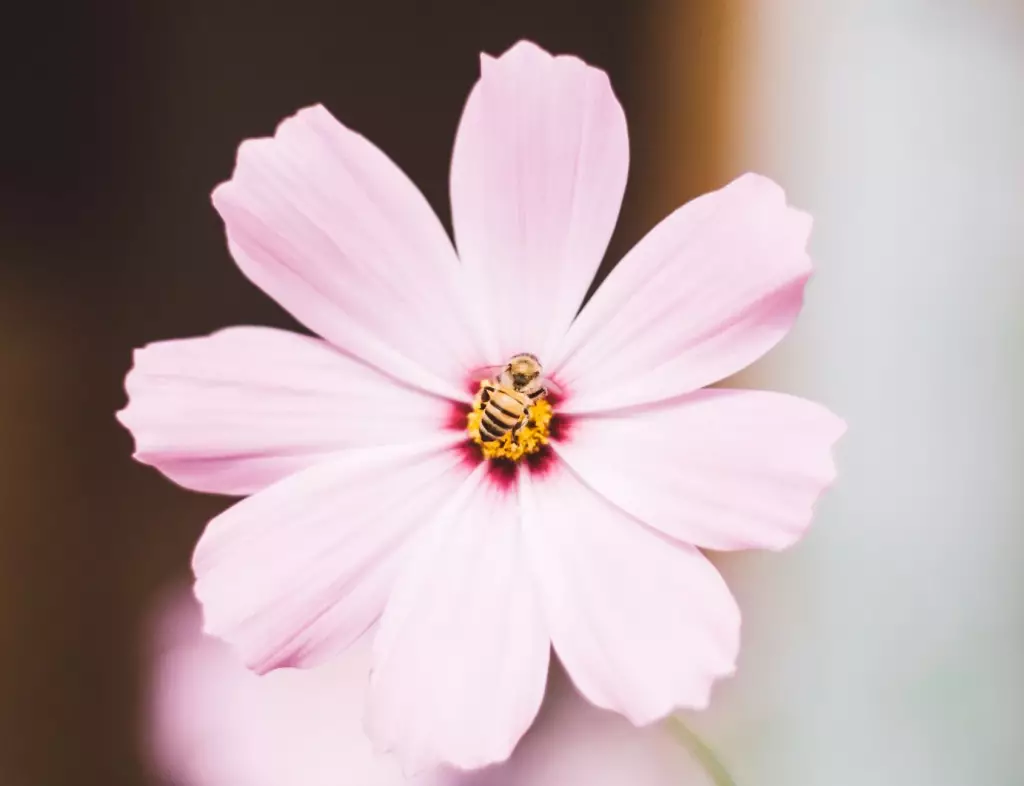How Many Beehives Do You Need Per Acre for Almonds?
If you're a beekeeper who specializes in pollinating almond orchards, you may be wondering how many beehives you need per acre to ensure a successful harvest. While there's no one-size-fits-all answer to this question, there are some general guidelines that can help you determine the appropriate number of hives for your almond farm.
For almonds, you generally need 2–4 beehives per acre. This will ensure pollination and a higher yield. Each hive should have at least 10–20,000 bees. To maximize pollination, experts suggest one beehive per acre of almond trees. To maintain bee health, make sure to provide enough water, pollen, and nectar sources.
Some varieties of almond trees are self-pollinating, meaning their flowers contain both male and female parts. If this is the case, then what do we need the bees for? Let's find out.
Summary
- Bees are responsible for up to 80% of all crop pollination, including almonds.
- Almond growers are increasingly investing in beehives to help increase their crop yields.
- Bees are essential for pollinating almond trees, as they can reach the inner parts of the flowers.
- Beekeepers can benefit from almond pollination by providing pollination services.

On this page:
At Least 2 Beehives are Needed per Acre for Almonds
Generally, for almond trees, 2–4 beehives per acre are recommended. Each hive should contain 10–20 thousand bees, so it is important to make sure the hives are stocked with enough bees to get the job done. When you're growing almonds, a high yield is always the goal. To ensure a quality crop, it is important to have enough honeybees for pollination.
The number of beehives needed per acre for almonds depends on a few factors. Generally, you should aim for one beehive per acre of almonds. The timing of the almond bloom, the size of the hives, the health of the bees, the local region, and the specific requirements of the crop will determine how many beehives are needed per acre.
If the almond bloom is particularly long, more hives may be necessary to ensure adequate pollination. Additionally, if the hives are large (up to 10 frames of bees) and the bees are healthy, fewer hives may be needed. If the hives are small (3–4 frames of bees) and the bees are not as healthy, more hives may be necessary.
Honeybees are the key to successful almond pollination, as they are the only species of bee that can pollinate the almond tree. It is important to make sure that the hives are placed correctly in the orchard and that the bees have access to food, water, and shelter.
You can purchase honeybees from a beekeeper, or you can establish them on your own. You just need the right amount of bees and the right type of hive to ensure success. It takes time and energy to maintain the hives and make sure the bees stay healthy and productive. You also need to maintain the right number of hives and bees to ensure pollination and a higher yield.

It is important to consult a local beekeeper or agricultural expert to determine the exact number of beehives needed per acre for your particular crop.
Beehives Pollination for Almonds
Beehives have been used for centuries to collect honey, produce beeswax, and pollinate crops. More recently, beehives have been used to pollinate almond trees.
The majority of almond trees are self-pollinating, meaning their flowers contain both male and female parts. While this helps with production, it can lead to a lack of genetic diversity and lower yields. That’s where bees come in.
Bees are essential for pollinating almond trees, as they can reach the inner parts of the flowers. They also bring in genetic diversity from other almond trees, which can result in higher yields. The more bees that visit a tree, the more pollen they bring, and the more fruitful the tree will be.
To accommodate the large number of bees needed to pollinate almond trees, large-scale beekeepers are installing beehives in almond orchards. Beehives provide a safe place for the bees to live and work, and they are also relatively easy to maintain. Beehives are now an essential part of almond production, and they are helping to ensure that the crop remains viable.
Importance of Bees for Almonds
As the bees fly from flower to flower, they pollinate the almond trees and help to ensure that the nuts can form and ripen. Each spring, almond farmers bring in commercial beekeepers to place their beehives near orchards.
Bees are responsible for up to 80% of all crop pollination, including almonds. Without bees, almond production would be greatly reduced, resulting in higher prices for consumers.
Furthermore, the loss of bees would have a devastating effect on the livelihood of almond farmers, as well as on the entire agricultural industry. For these reasons, it is essential to maintain healthy bee populations and protect their habitats.
In addition to providing the necessary pollination, bees help maintain the overall health of the environment. Without bees, the world's ecosystems would be greatly disrupted, and many plants and animals could be threatened.

Almond Growers Invest in Beehives
Almond growers are increasingly investing in beehives to help increase their crop yields. Almonds require bees for pollination, and many farmers are now turning to beekeepers to help supply the insects needed for successful pollination.
Beehives are becoming an increasingly popular investment among almond growers as they can provide a reliable source of pollinators and can be used year after year. Additionally, having beehives on-site allows farmers to monitor the hives and keep an eye out for any potential pest or disease problems, allowing them to take action quickly and effectively.
Almond growers are also investing in bee-friendly practices, such as providing bee-friendly plants, creating bee-friendly habitats, and avoiding the use of pesticides. These practices can help create a healthier environment for bees, which can result in increased pollination and improved yields.
Almond growers are also investing in research and development to improve their production processes and increase yields. This includes research into new varieties of almond trees that are better suited to the pollination needs of bees, as well as exploring new methods of irrigation and pest control.
Advantages of Having Beehives for Almond Growers
-
Bees are natural pollinators, so they help to increase the yield of the almond crop. By having more pollinators, almond growers can maximize the number of almonds they get from each tree.
-
Beehives can act as a natural form of pest control. Bees can help keep away destructive insects that can damage the almond trees and reduce the yield.
-
Beehives can help to increase the overall biodiversity of the almond orchard, which can help to create a more sustainable and healthy environment. By having more pollinators, beneficial insects, and birds, the almond orchard can become a more balanced and healthy ecosystem.
Advantages for Beekeepers from Beehives Pollination for Almonds

Almond trees rely heavily on pollination from honeybees to produce almonds. Beekeepers can provide a large number of pollinators to almond tree orchards, which enables the trees to produce a large number of almonds. This is beneficial to beekeepers in several ways.
-
Beekeepers can sell their bees to almond farmers for pollination services. This provides a revenue stream for beekeepers as well as an opportunity to expand their operations.
-
Beekeepers can benefit from the pollination of almonds in their hives. Almond trees produce an abundance of nectar and pollen that can be used by bees to make honey. This honey can be harvested and sold by the beekeeper.
-
Bees that are used for pollination can benefit from the nutritional resources provided by almond trees. Almonds are high in protein, and the bees can use this protein to produce more robust colonies. This can lead to healthier bees, which can then be used for other pollination services.
-
Beekeepers can benefit from almond pollination by providing pollination services for other crops.



